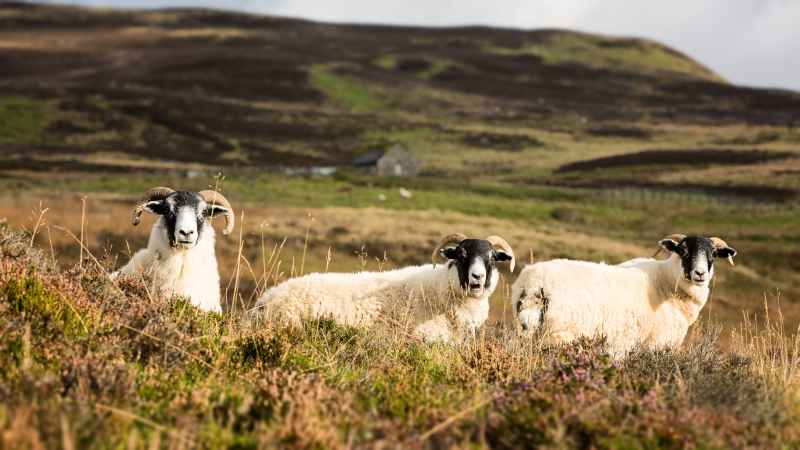
Plans to extend the ban on heather burning across more upland peat areas could fuel the risk of wildfires and devastate hill farming livelihoods, the NFU has warned.
Responding to a Defra consultation, the union said the plans could threaten the sustainability of upland grazing businesses, many of which are already under pressure.
Proposals would lower the threshold for defining ‘deep peat’ from 40cm to 30cm and switch the regulated area from protected sites to Less Favoured Areas (LFAs), potentially bringing over 146,000 extra hectares into scope.
A new licensing system would require applicants to prove why other methods of vegetation control wouldn’t work, while also mandating training for those carrying out burns.
Responding, the NFU has called for urgent impact assessments and more research into alternatives such as cool burning.
Deputy president David Exwood said: “Defra’s proposed changes to heather and grassland burning lack proven evidence and seriously undermine upland farmers’ ability to manage some of our most treasured landscapes and care for the environment.”
The union has questioned the science behind Defra’s drive to rewet all deep peat, warning that blanket bans could reduce palatable grazing forage.
Tick-borne disease risks could also rise due to overgrown vegetation, and wildfires could become more likely during periods of drought.
“These proposals also risk undermining the productivity and sustainability of upland farms," Mr Exwood warned.
“With one of the driest springs on record and data suggesting wildfires are on the rise, restricting burning could allow vegetation to become overgrown, further increasing wildfire risk and damage to the soil, peatland and wildlife."
The NFU added that upland farmers are already under pressure from various fronts, including looming inheritance tax reforms, exclusion from Environmental Land Management (ELM) schemes, and deep cuts to delinked payments.
“It’s essential that Defra conducts an impact assessment and invests in research into cool burning as a viable alternative,” Mr Exwood concluded.
Defra's consultation is supported by a new England Peat Map, which charts the extent, depth, and condition of peatlands.
However, early feedback from farmers provided to the NFU has raised concerns over the accuracy of the mapping, which was developed by Natural England.
